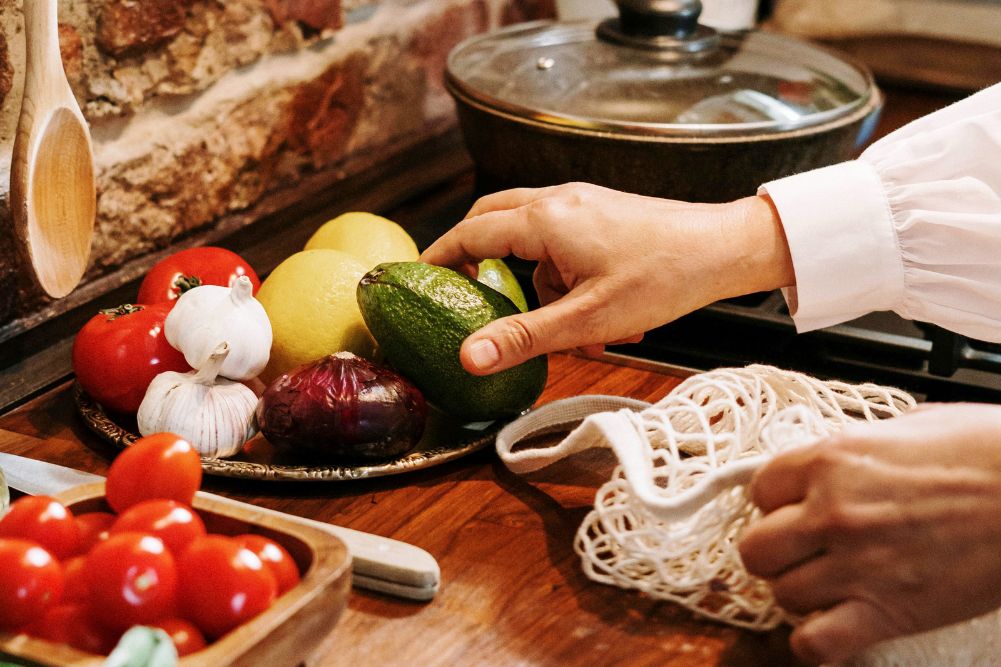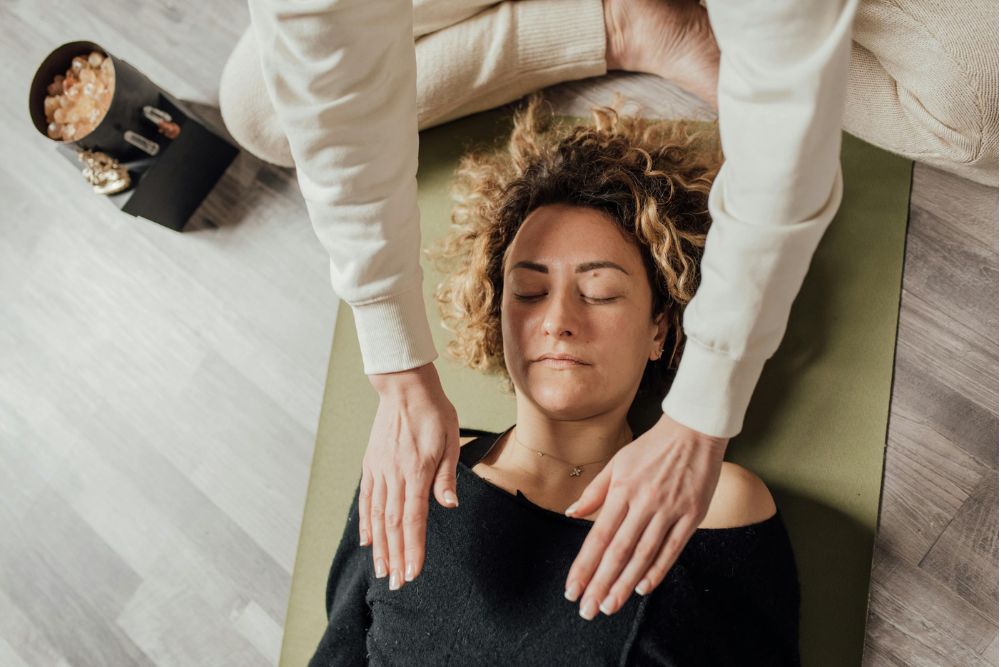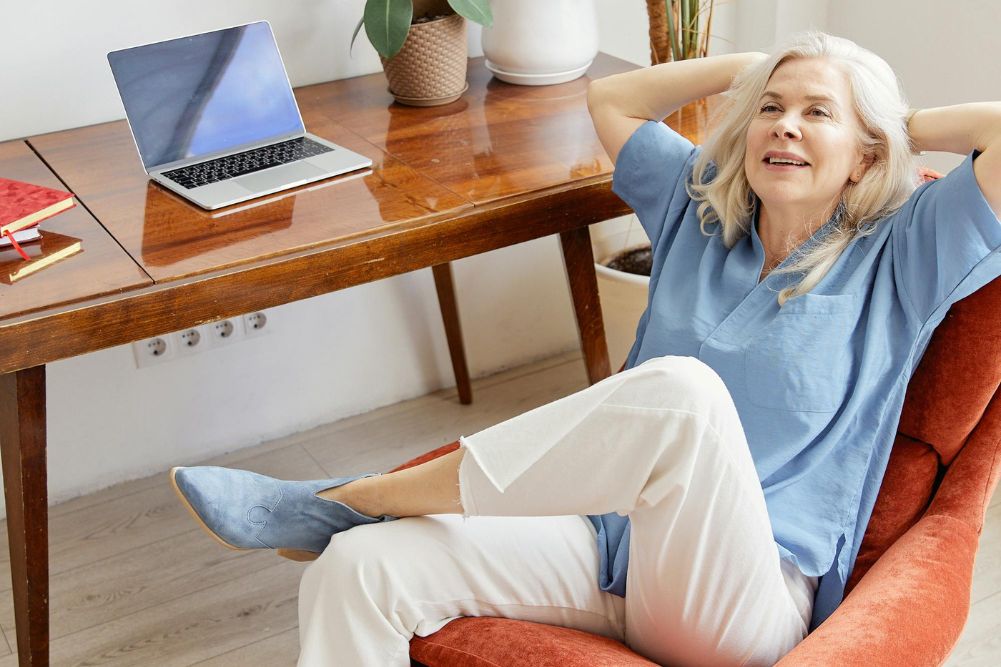Spa therapy for your feet
I’m sitting here with two feet plunged into an Indian copper bowl filled with warm water and floating flowers. Beside me is a pot of steaming herbal tea. The scent of aromatherapy fills the air and it occurs to be that before I’ve even received the soothing massage, I’m already feeling deeply relaxed.
Such is the raison d’être of the foot ritual offered at spas around the world. Whether it’s a simple soak, a leisurely wash or a scrub and massage, the experience of having your feet attended to before treatment is certain to bring you down to earth. Not to mention help you feel incredibly soothed in mind and body.
According the ancient masters, our feet are a reflection of our inner body, so when our feet are relaxed, so are we. Through nurturing the “souls” of our feet, we keep our energy grounded. Our feet are the foundation for our mind and body. Just think how incredibly mind-soothing a foot massage can be. Everything in our body is connected.
Step into the Orient and you’ll discover that cared-for feet are symbolic of respect and wellbeing. Eastern cultures have long valued the importance of taking care of their feet. In Thailand, for example, people will wash their feet before entering a temple, and in Bali, priests are known to end their day with a ceremonial foot wash. The Japanese always remove their shoes before entering their own abode or a ryokan.
Ancient medicine systems, too, have long promoted the health values of having clean feet. In traditional folk medicine, for example, foot care treatments involving water, massage, herbs and oils were taken to help combat cracked heels, corns, dry skin, food odour and sores. Ayurvedic physicians have written that our feet are a map to our inner body. According to Ayurveda, dry and chapped-looking feet can reflect a vata condition, while hot and sweaty may reflect a pitta imbalance while fluid retention possibly indicates a kapha condition.
In Traditional Chinese Medicine, too, the principles of reflexology therapy reveal that the condition of our feet mirrors our inner body. Through self-massaging our feet on a regular basis, we can take care of our internal organs. Also, our feet are considered nature’s own detoxifying system, where we perspire and get rid of wastes, so it makes sense to soak them regularly with cleansing oils and purified water.
Father Sebastian Kneipp (1821-1997), a Bavarian monk, is well-known for his “water cures” that led to the Kneipp hydrotherapy footbath we often find in spas today. This system of alternating and contrasting temperature baths is possibly one of the best-known curative foot treatments for stimulating circulation through the body. A cold footbath, for example, is recommended for improving circulation, lowering blood pressure and reducing sleeplessness and sweaty feet. A warmer footbath is beneficial for deepening relaxation and can help relieve pain and aches in the feet area. A little warmer, and you can help sooth stiffness caused by arthritis, joint stiffness, muscle spasms and inflammation. Hydrotherapy, practised in many cultures around the world, including ancient Rome, China and Japan, continues today.
At home, a simple foot soak can do wonders for our whole being after a long day. You can create extraordinary recipes with the most ordinary produce. Fresh ingredients that are easily found are ideal for your home spa rituals. These include Epsom salts and sea salt, clay, oatmeal, shredded coconut flesh, pumice stone and refreshing oils such as peppermint and lime or relaxing choices such as lavender and sandalwood. Add a bit of colour therapy by scattering fresh flowers on the water’s surface, or place flat, round stones at the bottom of the bowl and give yourself your very own reflexology massage session.
Ultimately, the act of sinking your feet into a bowl of warm water is bound to bring you pleasure. After all, pleasure also needs to be part of the cure. Creating space and time at home to nurture oneself is as beautiful as the hundreds of blossoms I’m bathing in.
Foot rituals to keep you grounded
Kneipp home foot spa
Warming blend — 1 drop ginger essential oil, 2 drops clove essential oil, 1 drop peppermint essential oil, 1 tbsp carrier oil.
Cooling blend — 1 drop mandarin essential oil, 1 drop lemongrass essential oil, 1 tbsp carrier oil
Directions:
Using two large bowls/basins, fill one with warm-hot water and add the warming oil blend. Fill the other with cool water and add the cooling oil blend. Sit comfortably and submerge your feet in the warm-hot water for one minute. Submerge your feet in the cool bowl for one minute. Repeat a couple of times. Complete with your feet in the warm water, pat your feet dry and apply a lotion or carrier oil for moisture. Keep your feet warm.
Cinnamon & clove foot wrap
A warming foot wrap that will increase circulation in the feet, which is perfect for winter days.
Ingredients: 1½ tbsp green clay 1 tsp each cinnamon powder, clove powder and ginger root powder 1 tbsp water or coconut milk Large bowl with warm water Handful of fresh flowers
Directions: Create a paste with the green clay, spices, water/coconut milk and apply to clean feet. Relax and allow your feet to dry for around 15 minutes. Immerse feet into the bowl of water, adding fresh flowers for visual and aromatic appeal and rest for a little longer. Rinse. Complete with a lotion or carrier oil moisturiser.
Sage foot spa
An easy-to-create purifying blend that’s perfect for all seasons.
Ingredients: 8 drops sage essential oil 1 tbsp carrier oil (sweet almond, macadamia or jojoba are good)
Directions: Blend the oils. Fill a large bowl with tepid water and add the oil blend. Submerge your feet in the water and soak for around 10-15 minutes. Rest, read inspiring literature, listen to uplifting music. Pat your feet dry and give yourself a little foot massage with the carrier oil. Heavenly!







